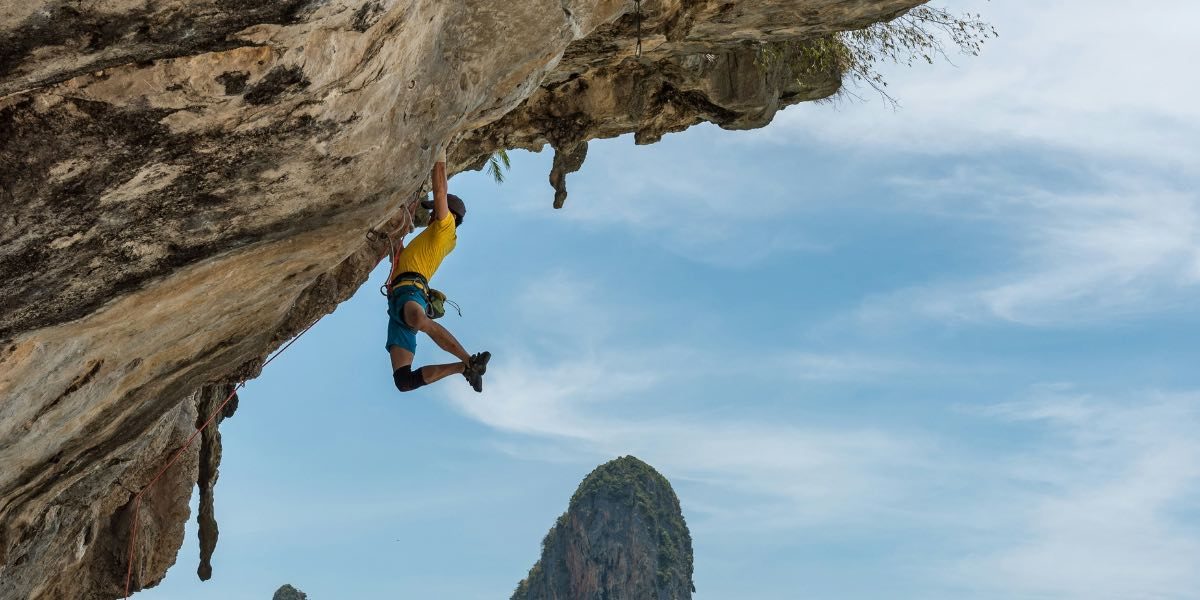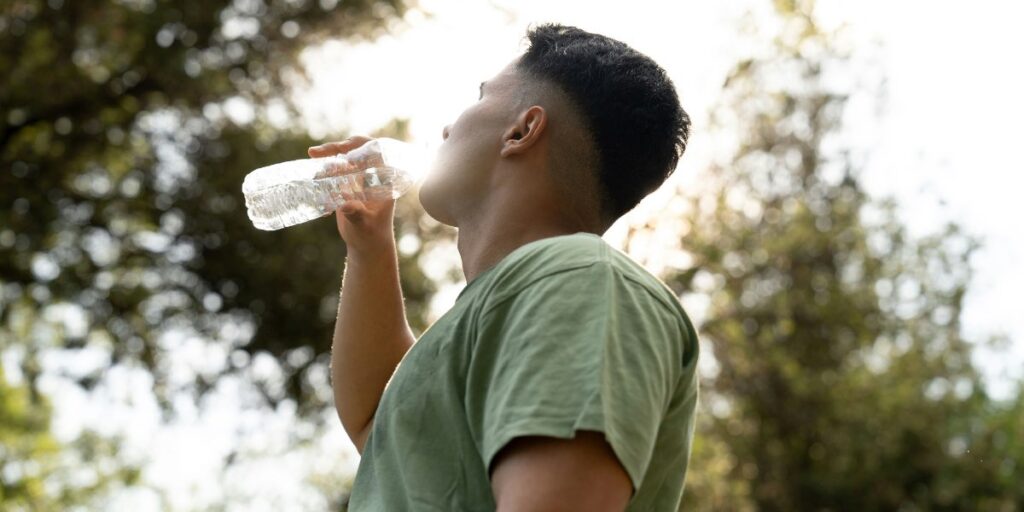Rock climbing is more than just a sport—it’s an adventure that tests both physical and mental strength. For those new to the world of climbing, stepping onto a crag or into a climbing gym for the first time can feel intimidating. However, with the right mindset, essential knowledge, and a bit of practice, anyone can enjoy the thrill of scaling new heights.
What Makes Rock Climbing an Unforgettable Experience?
The sense of achievement after reaching the top of a climb is unlike anything else. Climbing combines strength, problem-solving, and endurance, offering both physical benefits and mental clarity. Every route presents a unique challenge, pushing individuals to develop focus, patience, and resilience. Whether scaling indoor walls or exploring natural rock formations, the experience is always rewarding.
Beginners often discover that climbing is not just about reaching the top—it’s about the journey. Each movement, from the first step to the final grip, requires careful thought and technique. The ability to adapt and overcome obstacles is what makes this activity so engaging. It’s not only about fitness but also about learning to trust one’s abilities and build confidence with every climb.
Read also: Pedal Through Paradise: Top Countries for Your Next Cycling Adventure
How to Get Started with Rock Climbing?
The first step in rock climbing is deciding where to begin. Many newcomers start at indoor climbing gyms, where controlled environments provide a safe and structured learning experience. These facilities offer a variety of climbing styles, including bouldering, top-rope climbing, and lead climbing. For those eager to venture outdoors, beginner-friendly crags and guided courses provide the perfect introduction to natural rock surfaces.
Wearing the right gear is essential for safety and comfort. A well-fitted climbing harness, climbing shoes with a snug fit, and a helmet for outdoor climbs are must-haves. Chalk helps keep hands dry, improving grip on holds. For rope climbing, a belay device and a locking carabiner are necessary for proper rope management.
What Skills Should a Beginner Focus On?
Rock climbing is not just about strength—it’s about technique. Many beginners make the mistake of relying solely on upper-body power when climbing. Instead, using leg strength and proper foot placement helps conserve energy and maintain balance. Keeping the body close to the wall reduces strain and allows for smoother movements.
One of the most important skills to develop is reading a route. Before starting a climb, looking at the path ahead and identifying key holds can make a big difference. Anticipating the next move and planning foot placement helps maintain efficiency and prevent unnecessary exertion.
Breathing and staying relaxed while climbing are often overlooked but crucial. Holding tension in the body can lead to fatigue, so practicing controlled breathing and keeping movements fluid can improve endurance. Experienced climbers often remind beginners that climbing is like solving a puzzle—each move should be intentional rather than rushed.
How Important Is Safety in Rock Climbing?
Climbing is an inherently adventurous activity, but safety should always come first. Learning proper belaying techniques ensures that climbers and their partners stay secure. A good climbing partner is not just someone who holds the rope but someone who understands and follows safety procedures.
Checking equipment before each climb is a habit that experienced climbers never overlook. Ensuring that harnesses are snug, knots are properly tied, and ropes are in good condition can prevent accidents. Helmets play a crucial role in protecting against falling debris and accidental impacts, especially when climbing outdoors.
Understanding the risks and respecting one’s limits is key to staying safe. Pushing too hard without proper preparation can lead to injuries. Progressing gradually and focusing on building strength, technique, and confidence allows for steady improvement while minimizing risks.
Read also: Best Outdoor Activities in Dallas: Trails, Lakes, and Parks
Why Is Climbing More Than Just a Sport?
Rock climbing fosters a strong sense of community. Whether climbing indoors or outdoors, climbers often support and encourage each other. The shared experience of working through a difficult route or celebrating a successful climb brings people together, creating friendships and trust.
Beyond physical benefits, climbing also has a powerful impact on mental well-being. The concentration required to navigate a route helps climbers stay present in the moment, providing a break from daily stress. The satisfaction of overcoming challenges and seeing improvement over time builds self-confidence and resilience.
For many, climbing becomes a lifelong passion. The opportunity to explore breathtaking landscapes, challenge personal limits, and connect with like-minded individuals makes it an activity that extends beyond exercise—it becomes a way of life.
Rock climbing is not just for elite athletes or adrenaline seekers. With patience, practice, and a willingness to learn, anyone can embark on this adventure. The first step may feel daunting, but every climb is a chance to grow, discover, and experience the thrill of reaching new heights.















